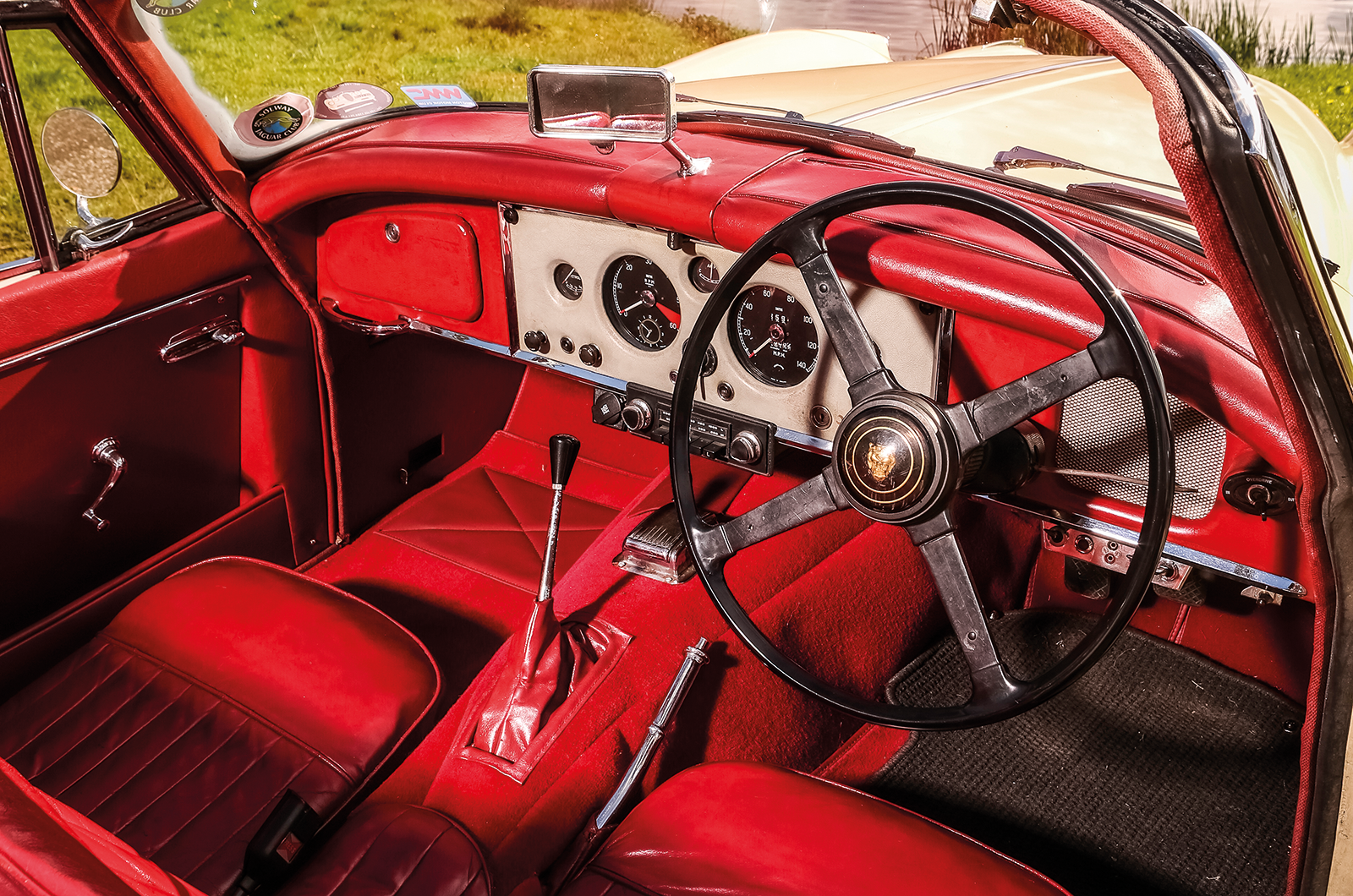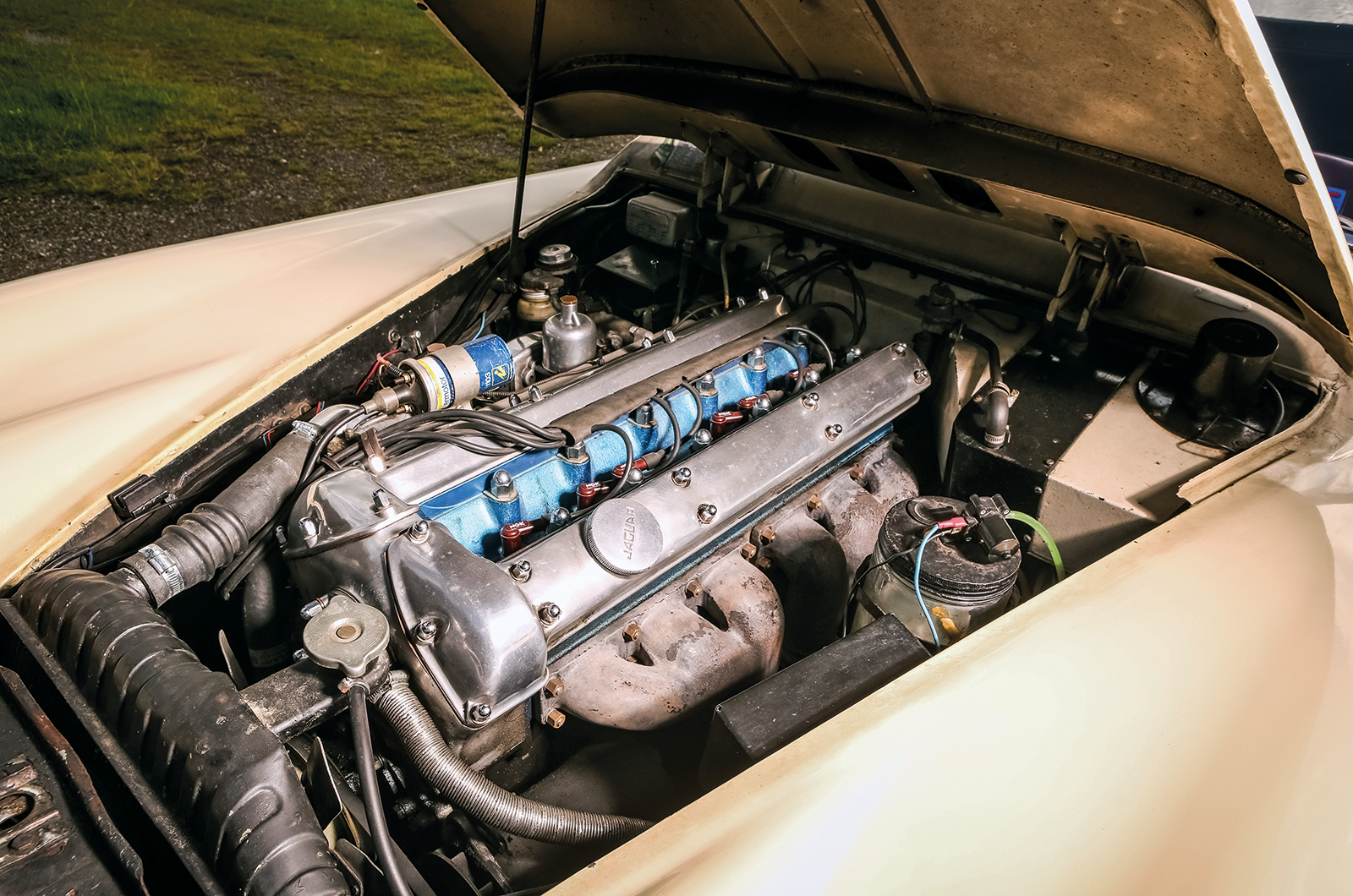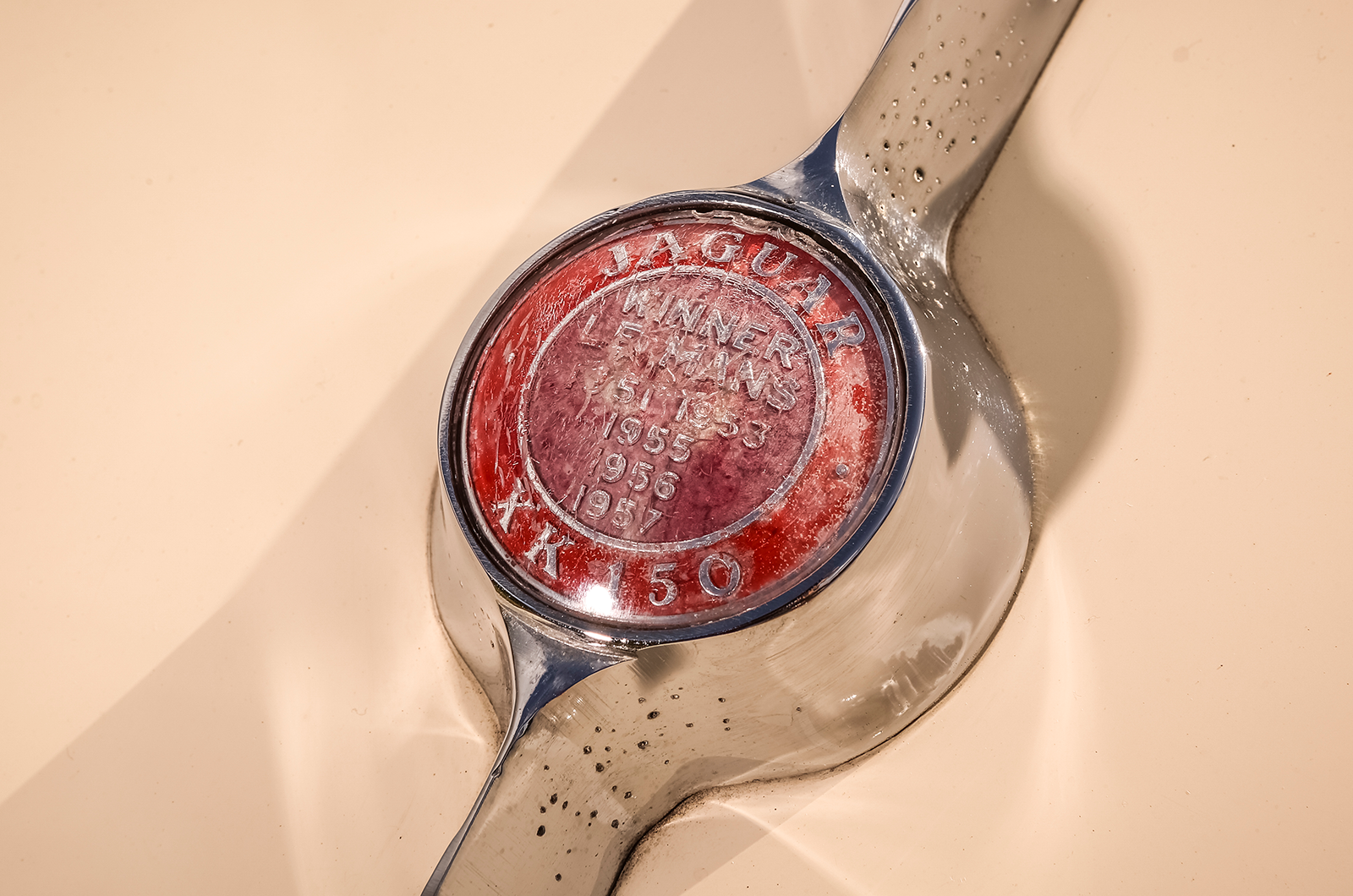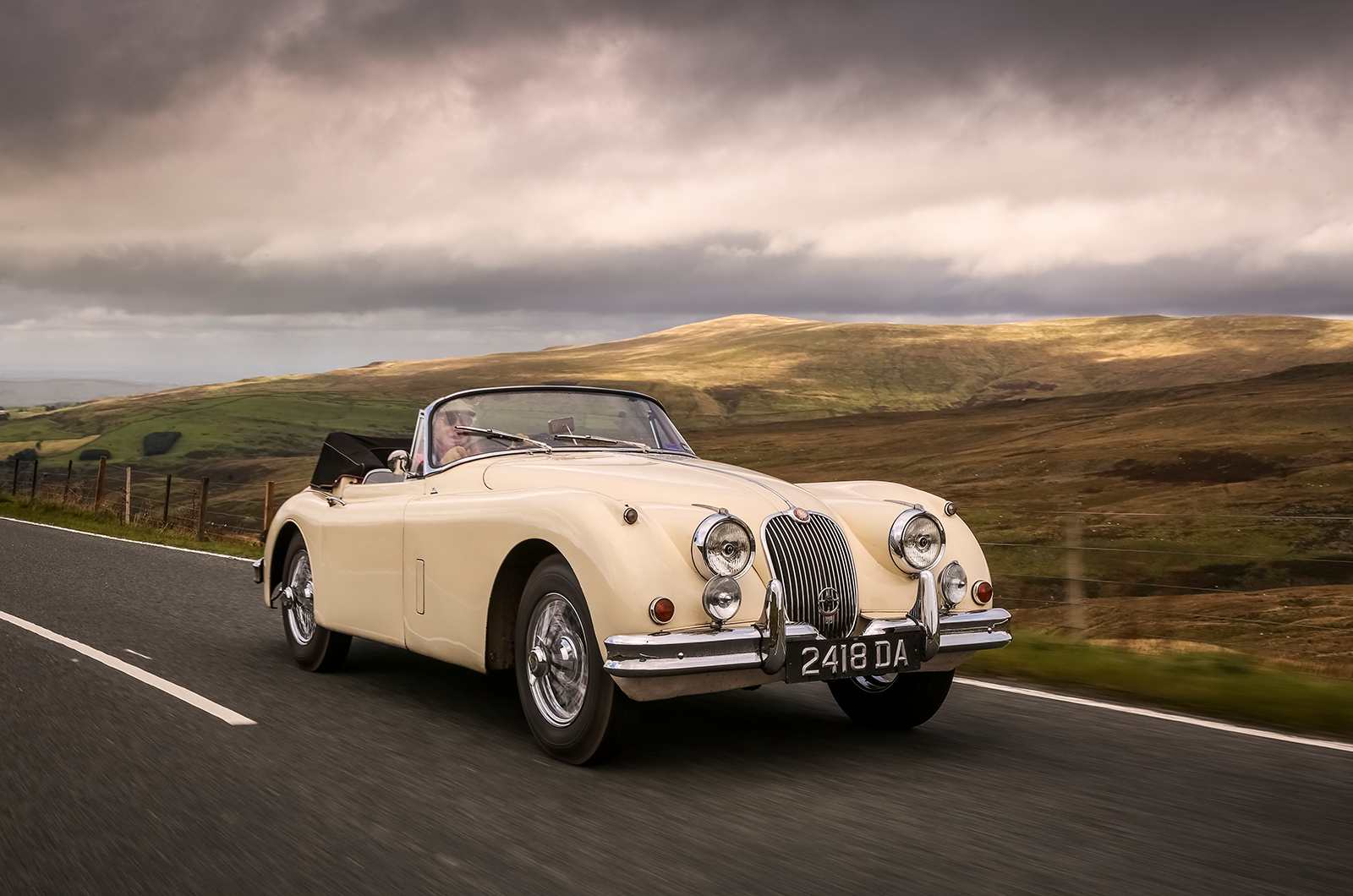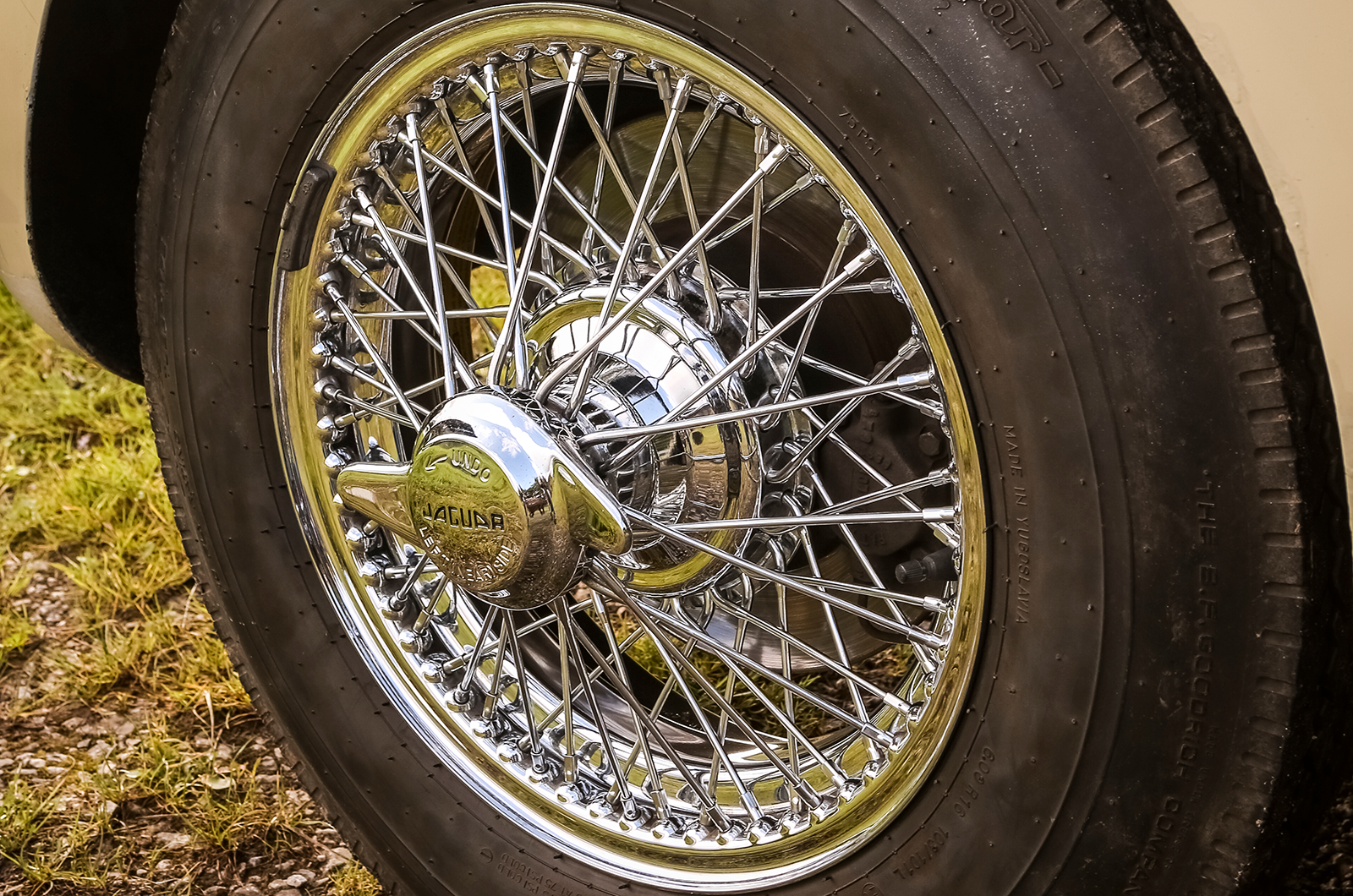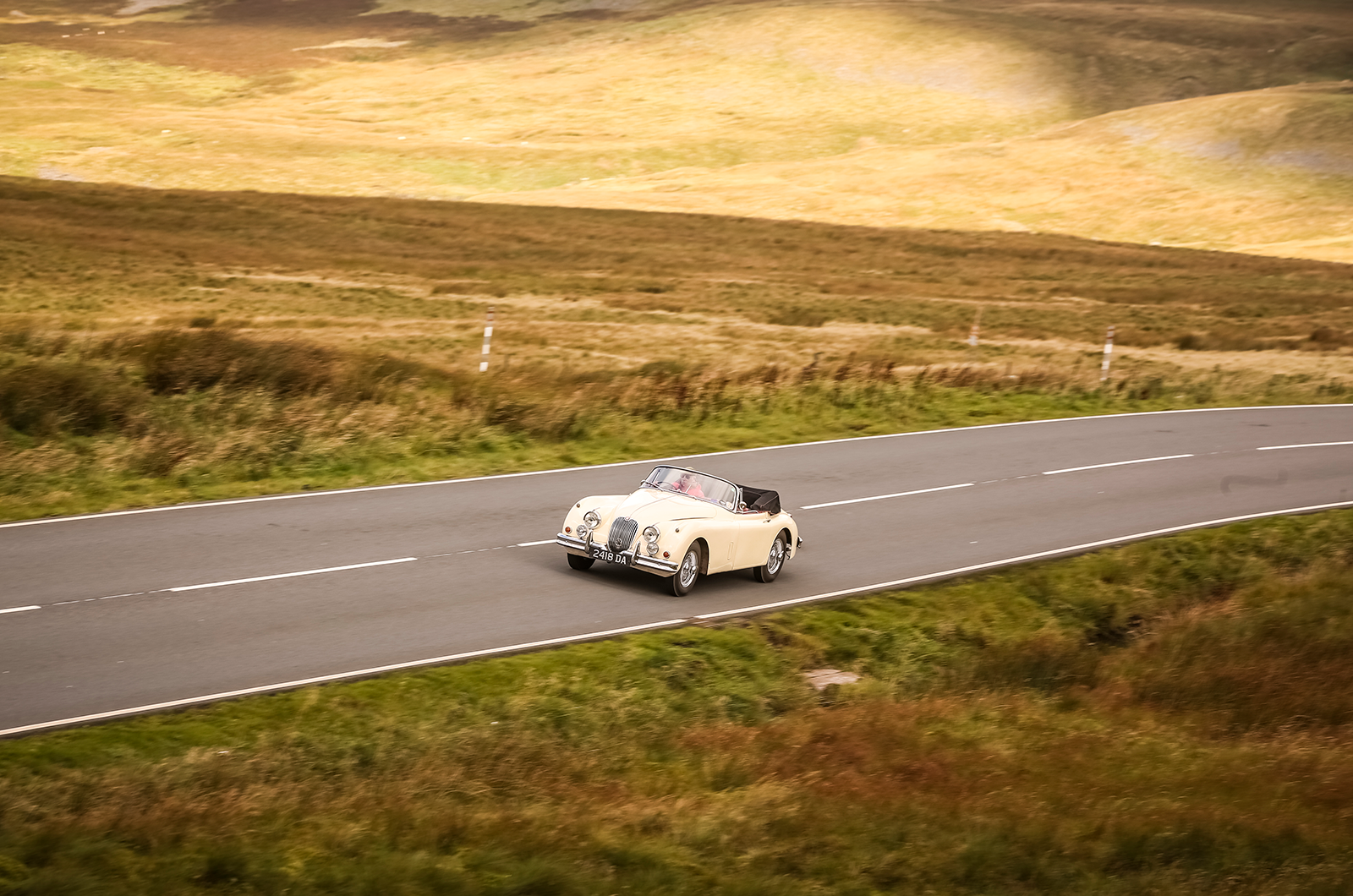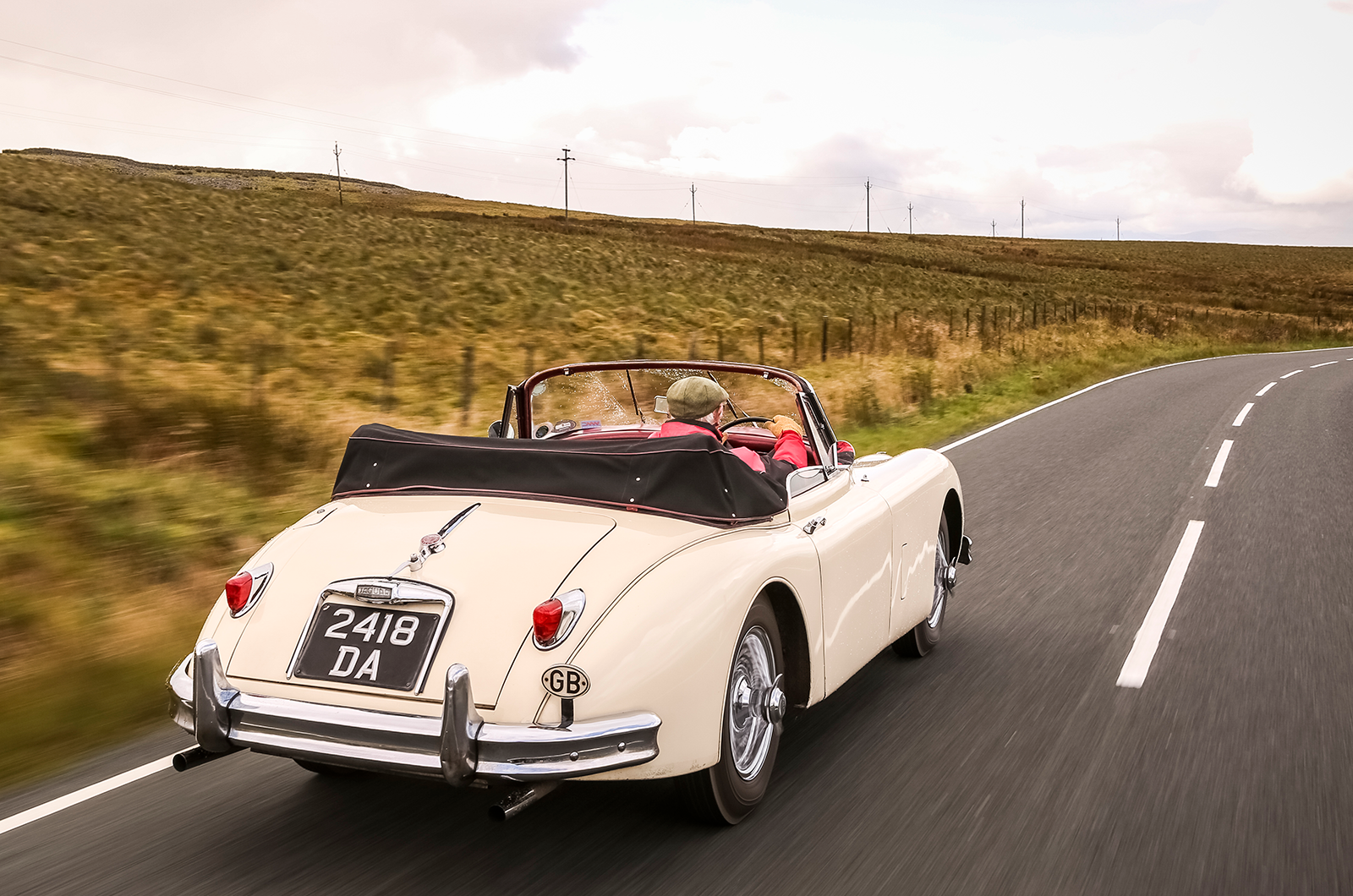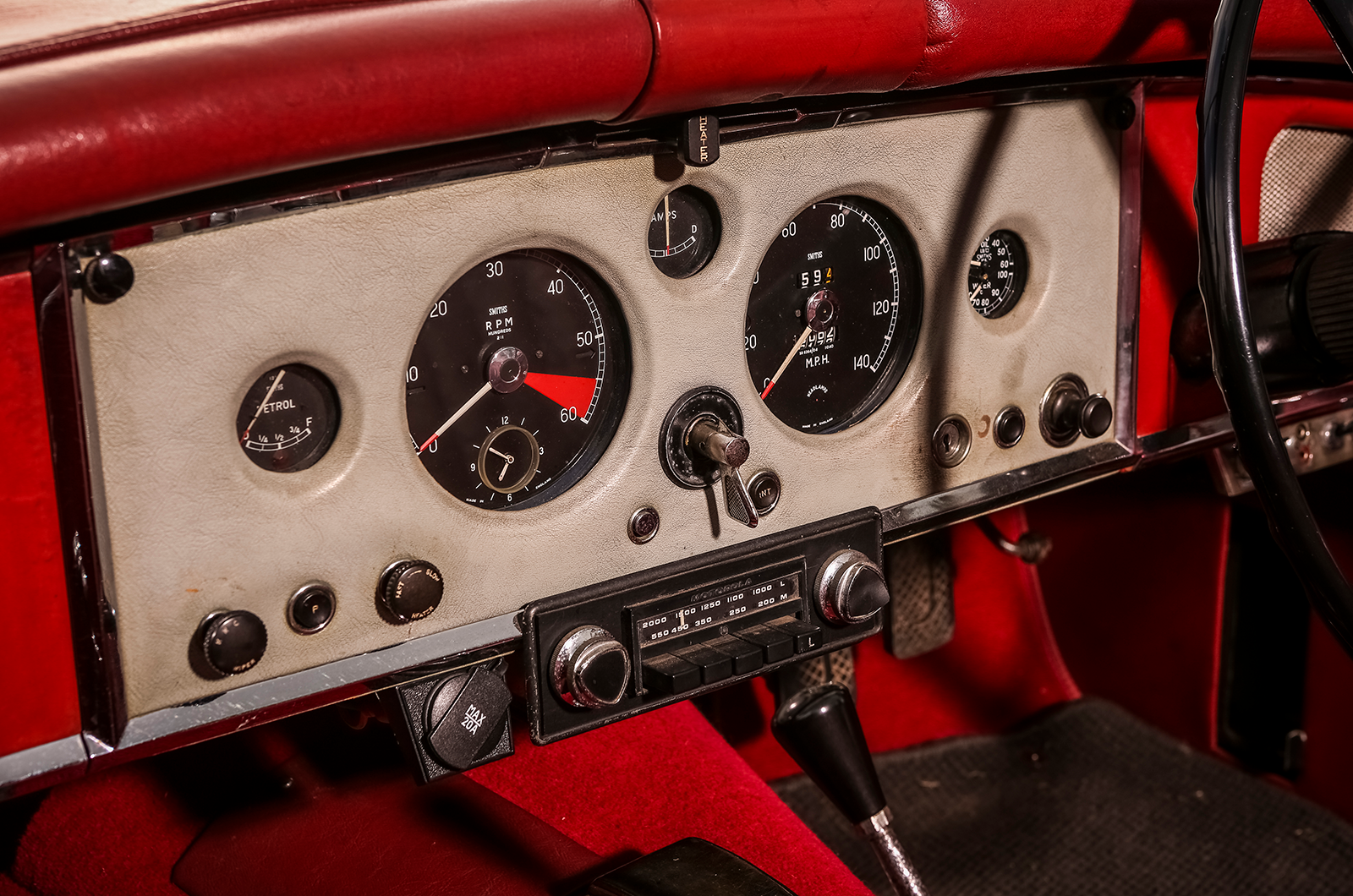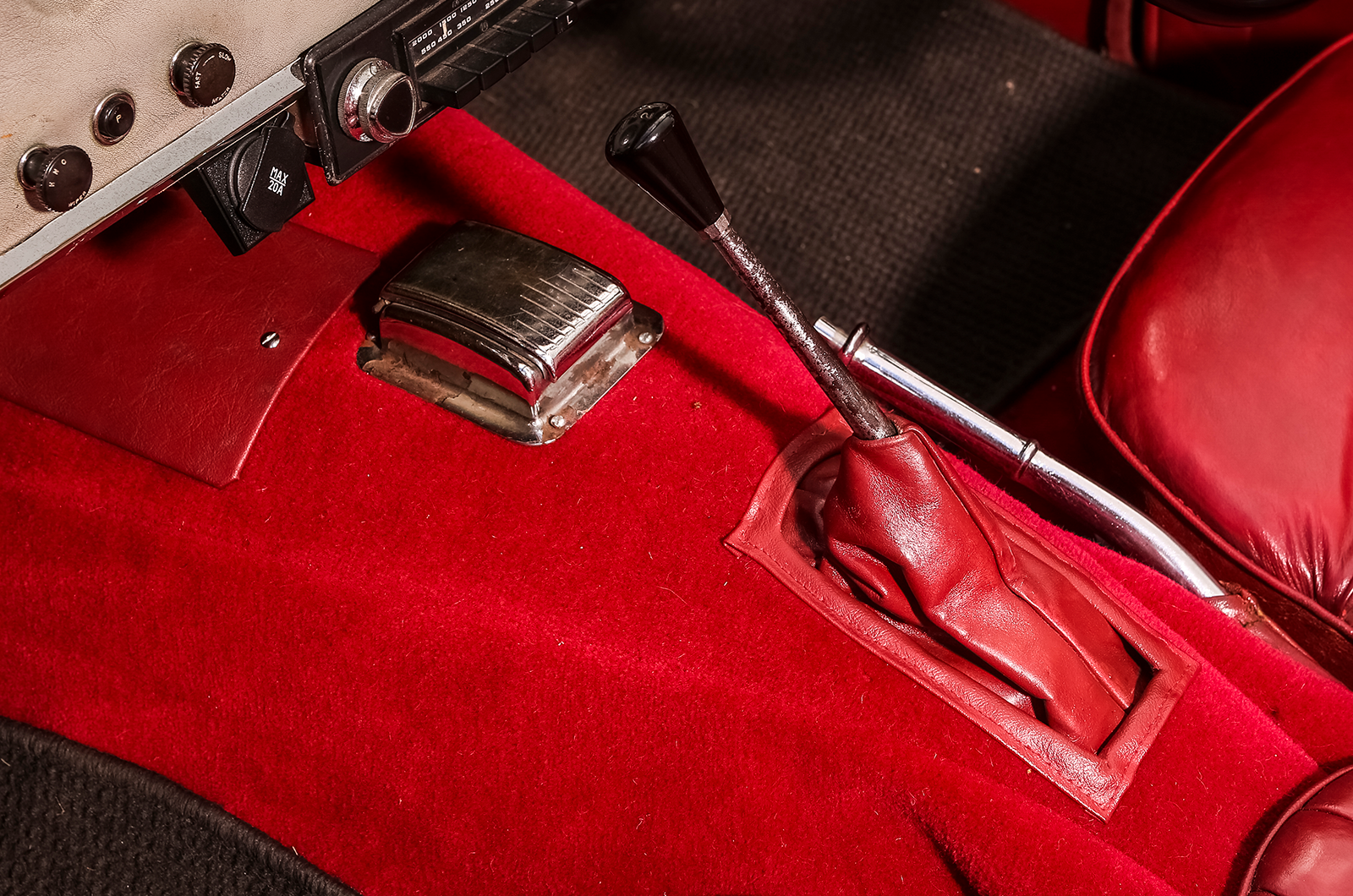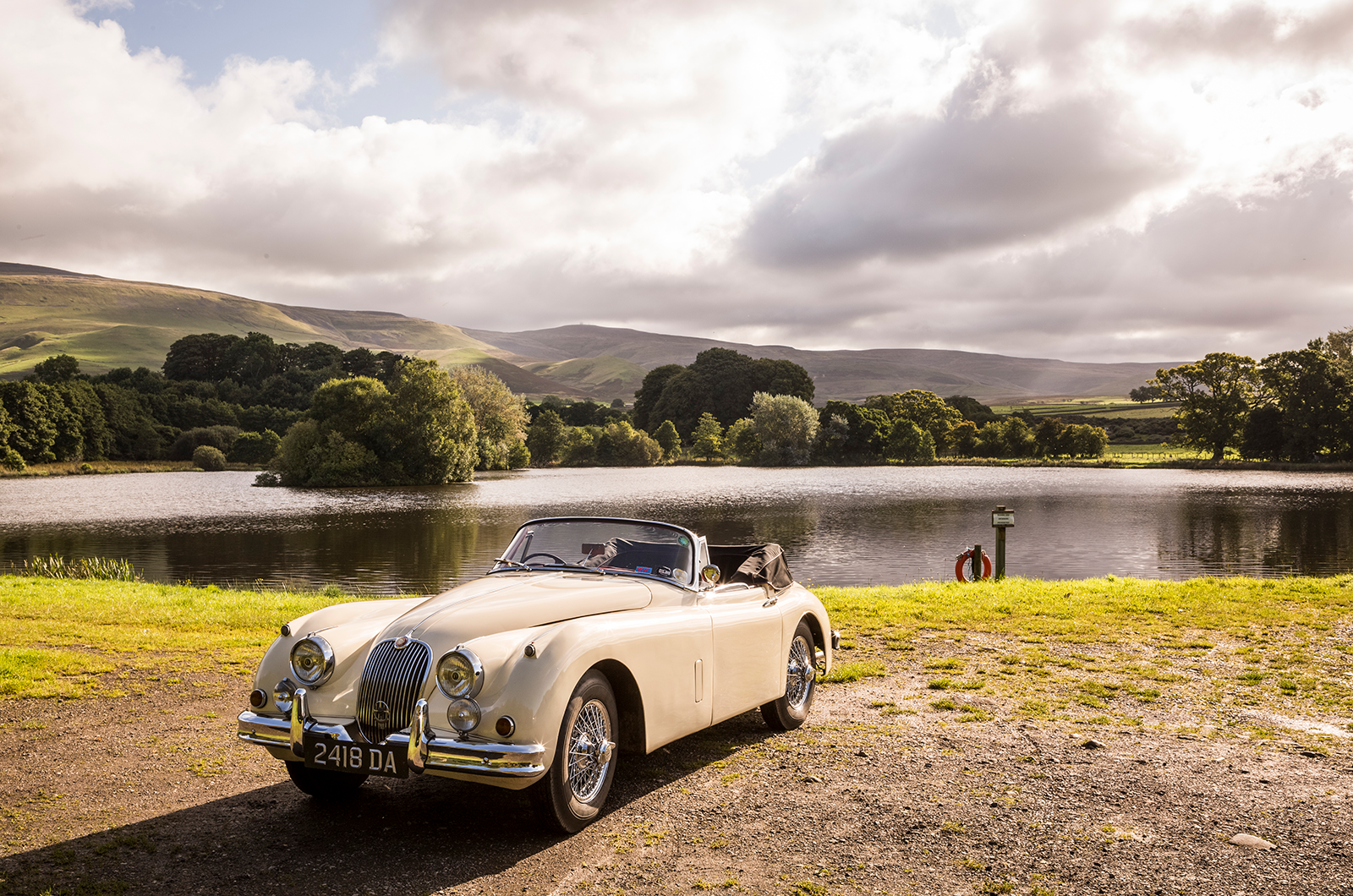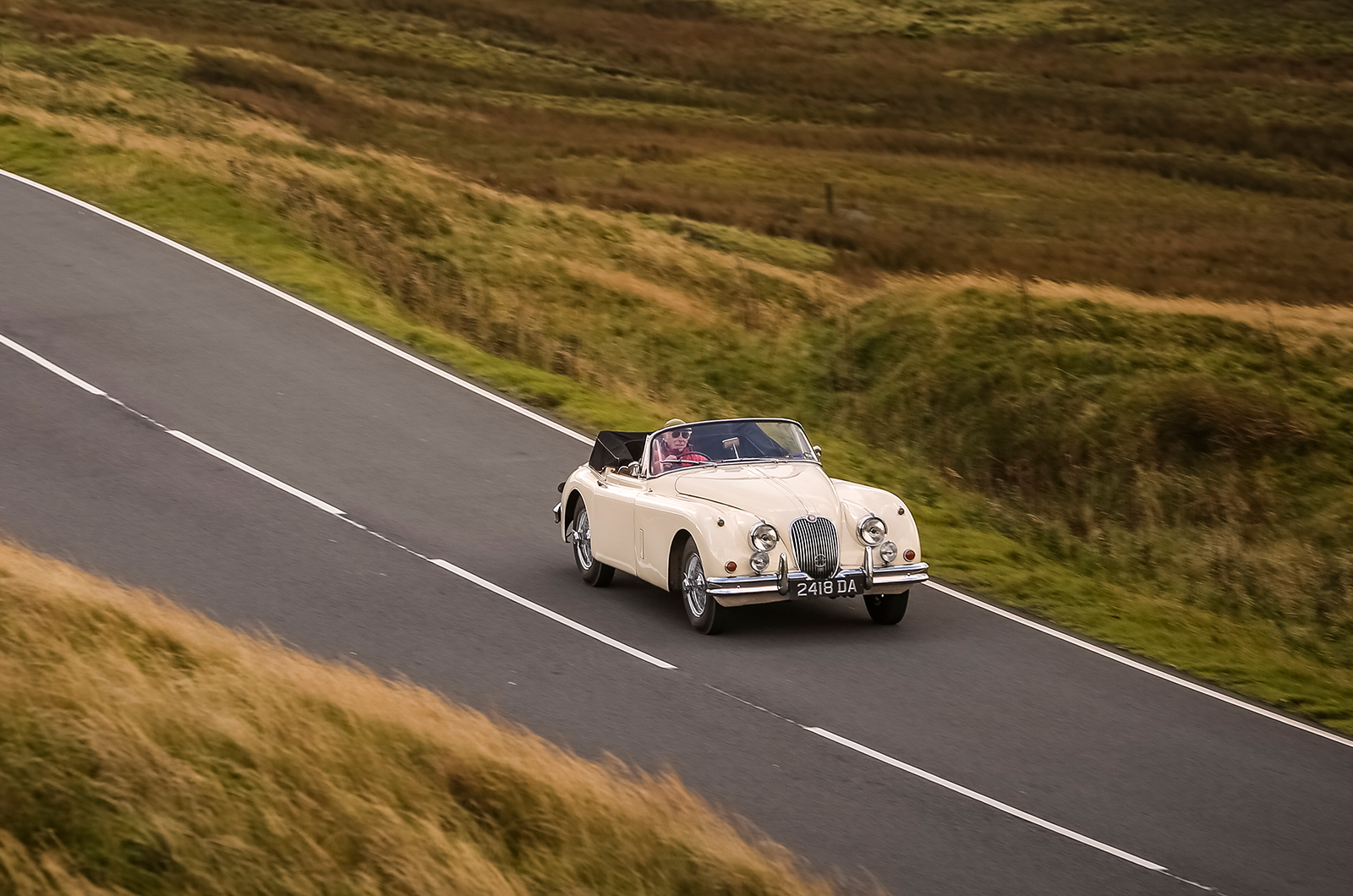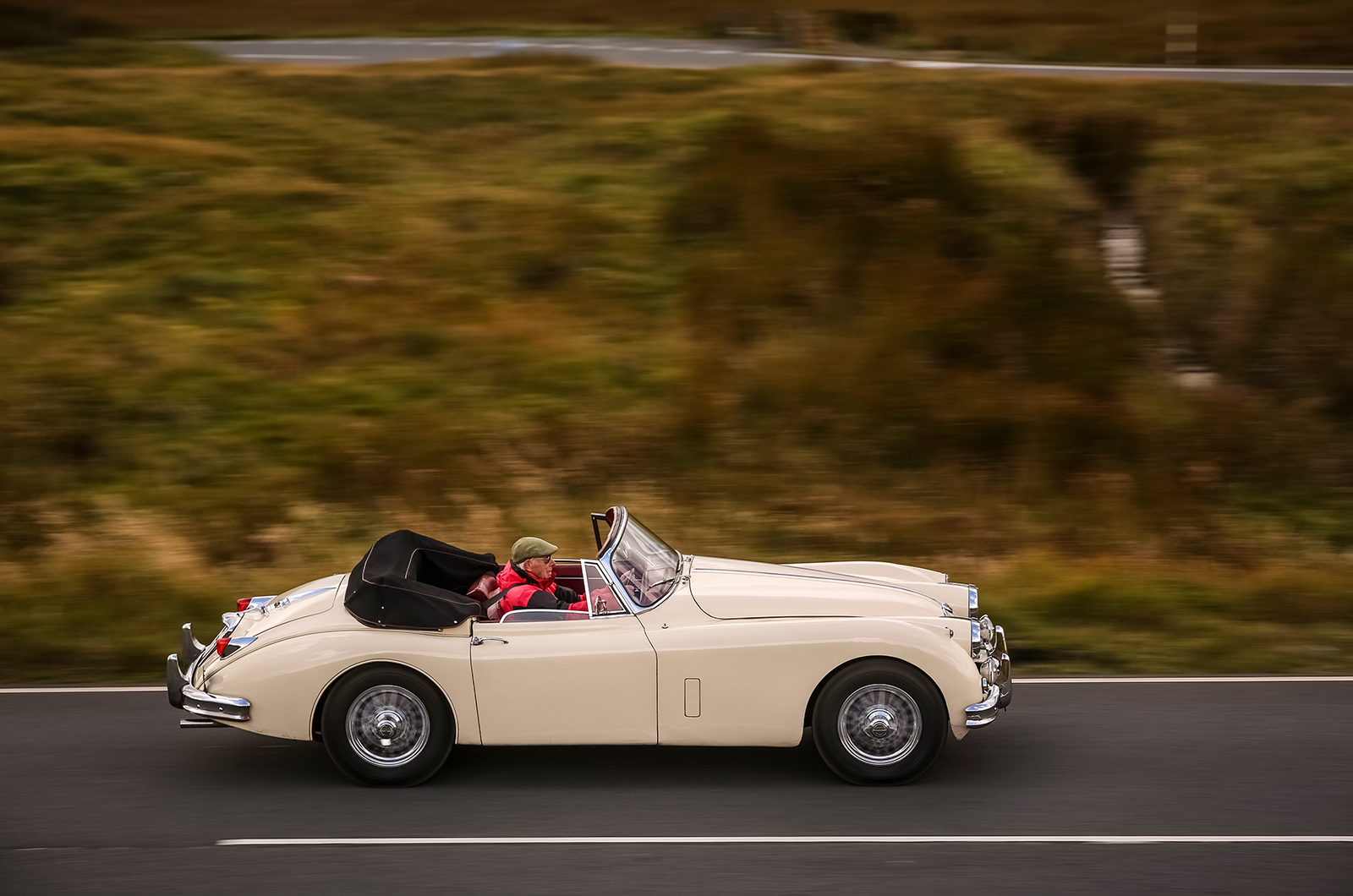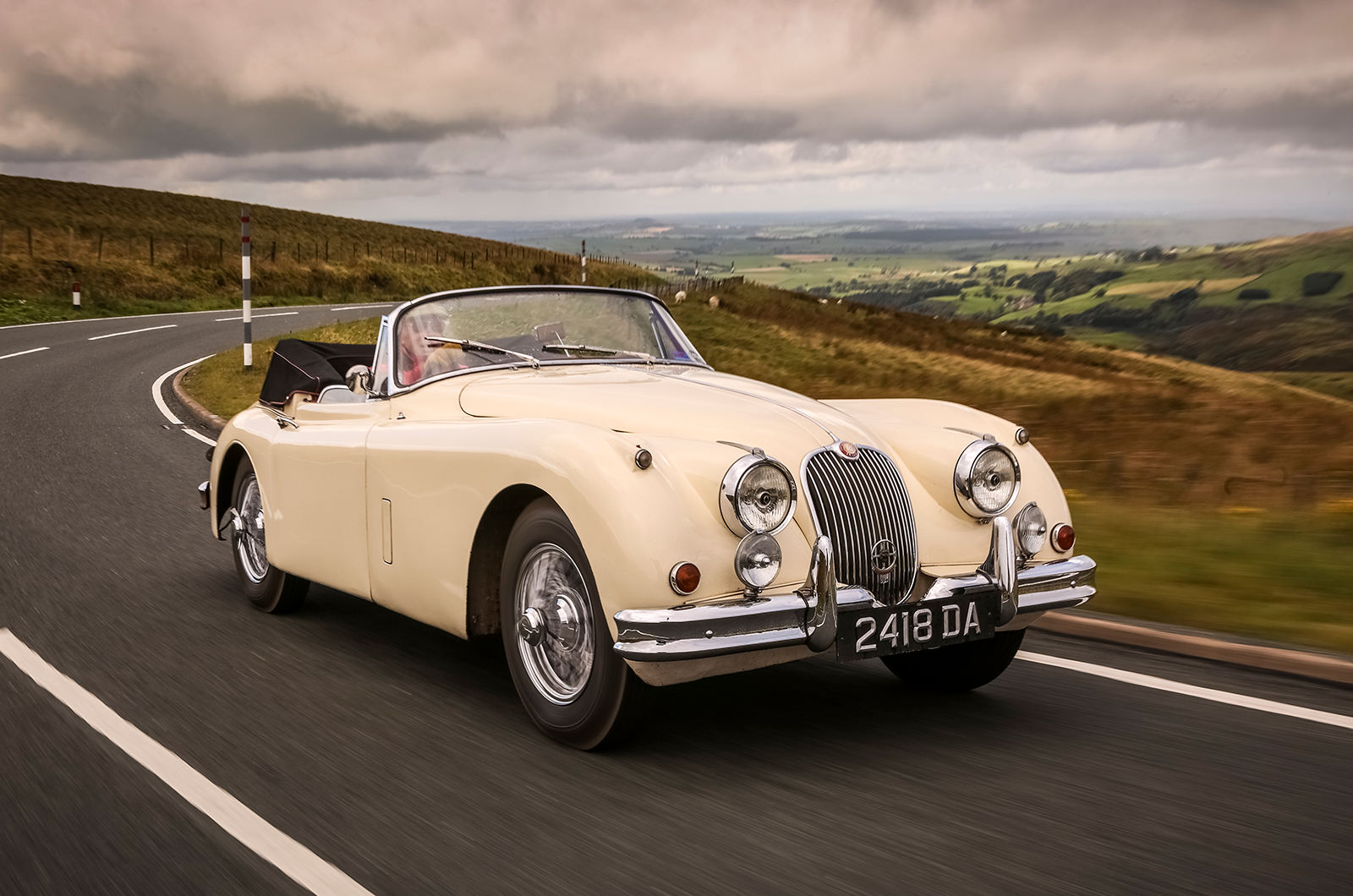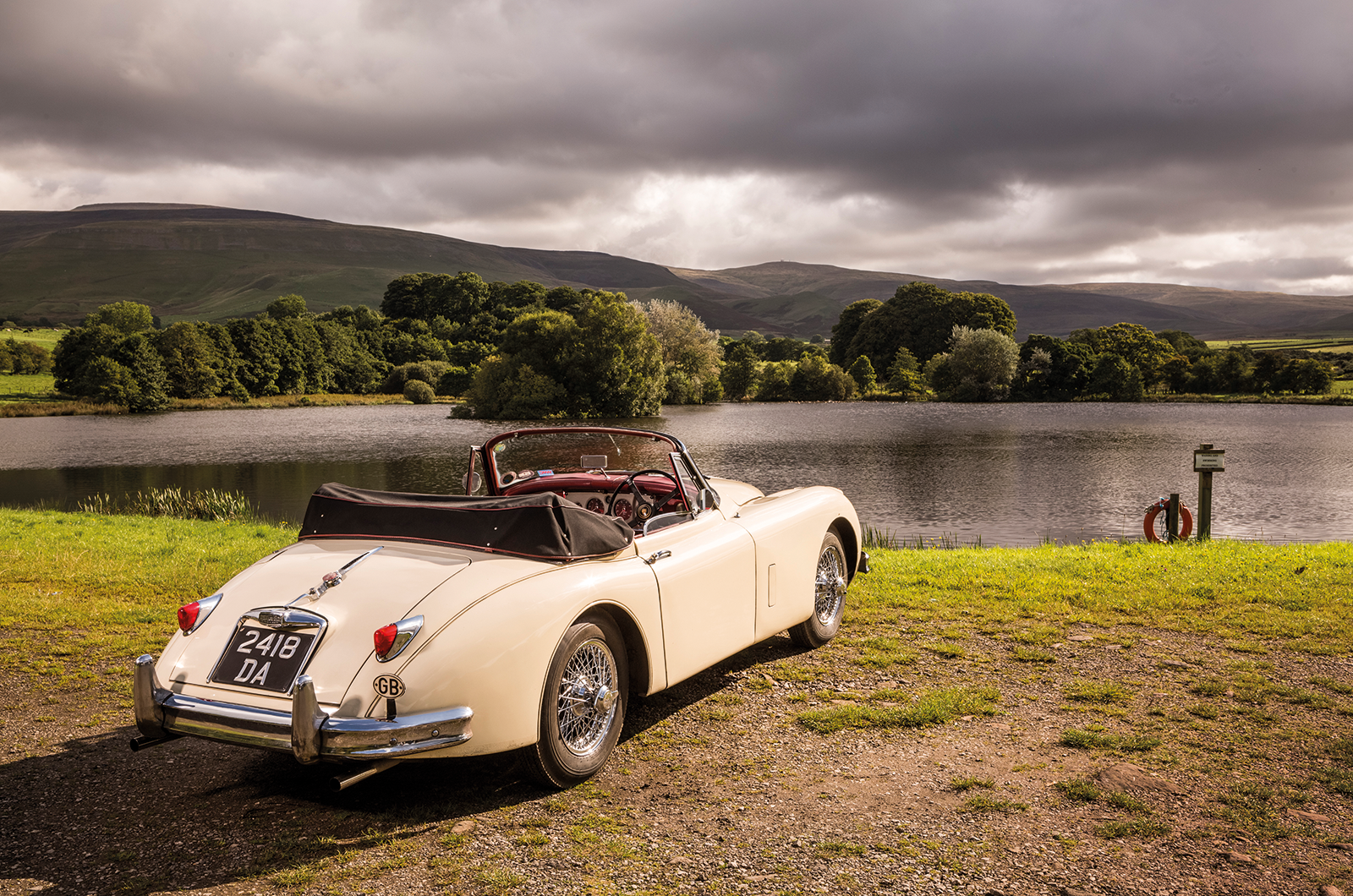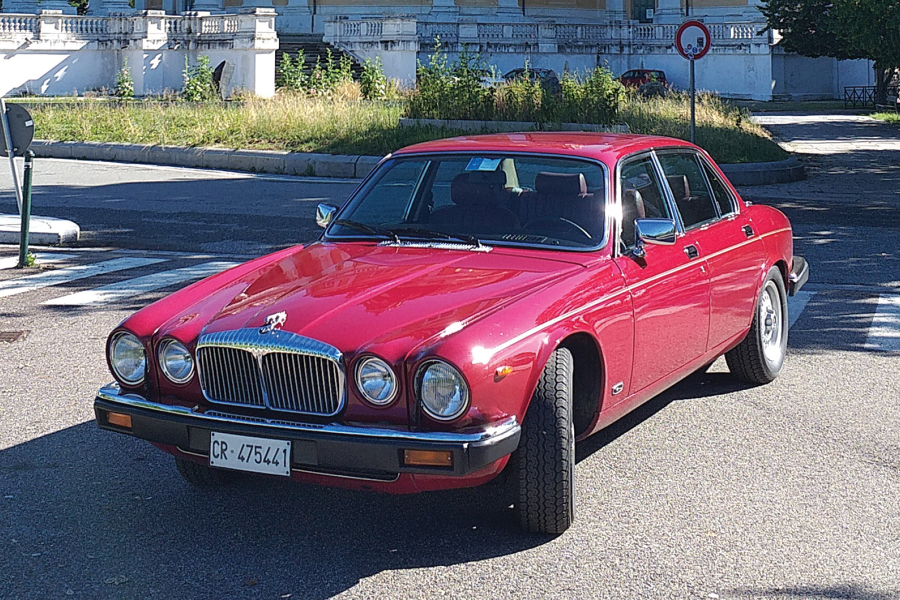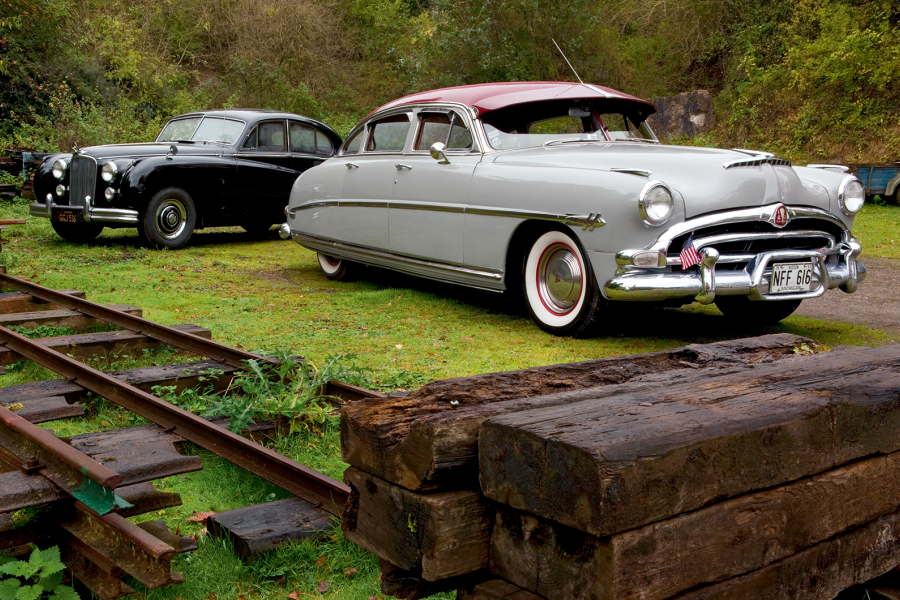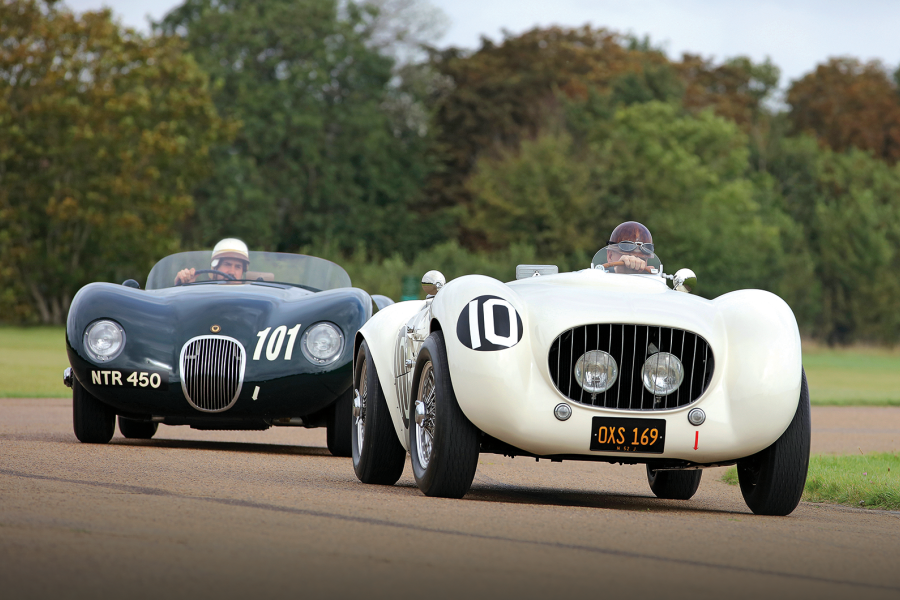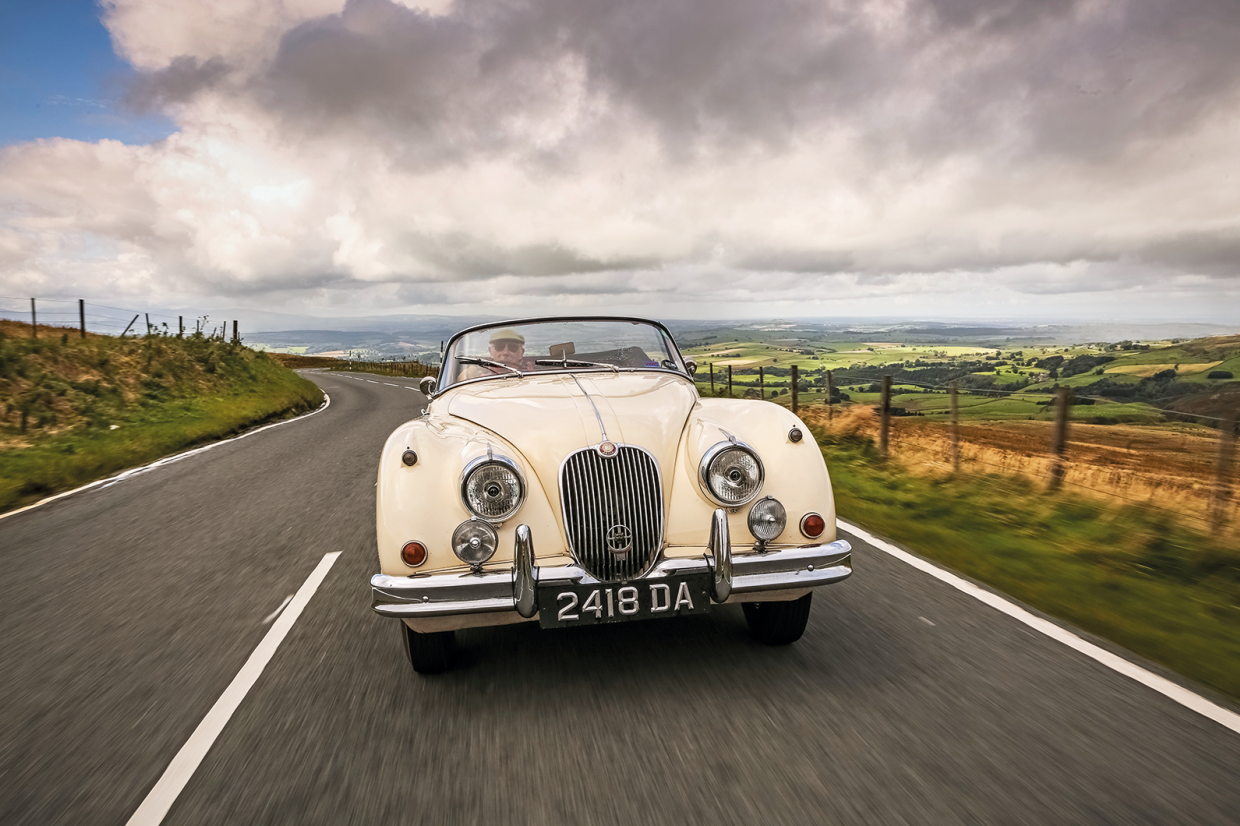
Cars are a bit like people: full of vigour and va-va-voom in the first flushes of youth, then knuckling down and working hard through to middle age, before things start to go wrong on the downwards slope, with a corresponding decline in perceived value.
Yet when this natural life cycle is applied to vehicles, it opens up a world of opportunity for those with slimmer wallets, creating bargains of cars that, when new, would have remained well out of reach.
One such shallow-pocketed gentleman was a young Richard Littlewood, fresh out of the Royal Navy and earning a glamorous living supplying edible oils and fats wholesale to the food trade in Manchester.
“I’d never really fancied a modern car,” he says, “and luckily my love for vintage machinery allowed me to own a few interesting vehicles. My friends just accepted that was what I was into.”
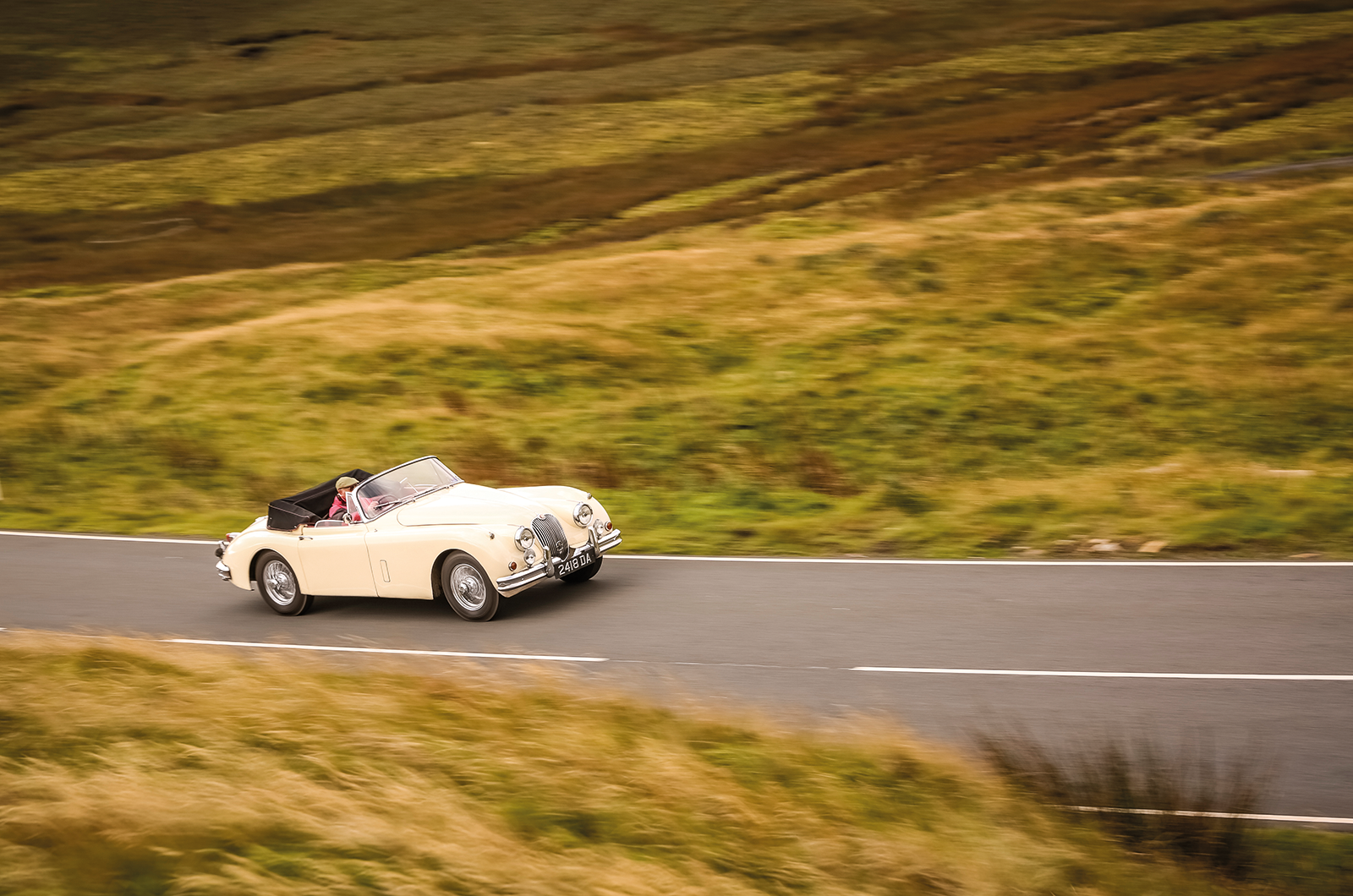
Having worked his way through an Armstrong Siddeley Lancaster, Alvis Speed 25 and a Riley 2½-litre, by the mid-’60s it was time for something that was more befitting of his tender years.
“My local garage had heard of a Daimler Dart on which some chap was defaulting. It was going to be repossessed and I thought I’d quite like it, but somehow he coughed up.”

